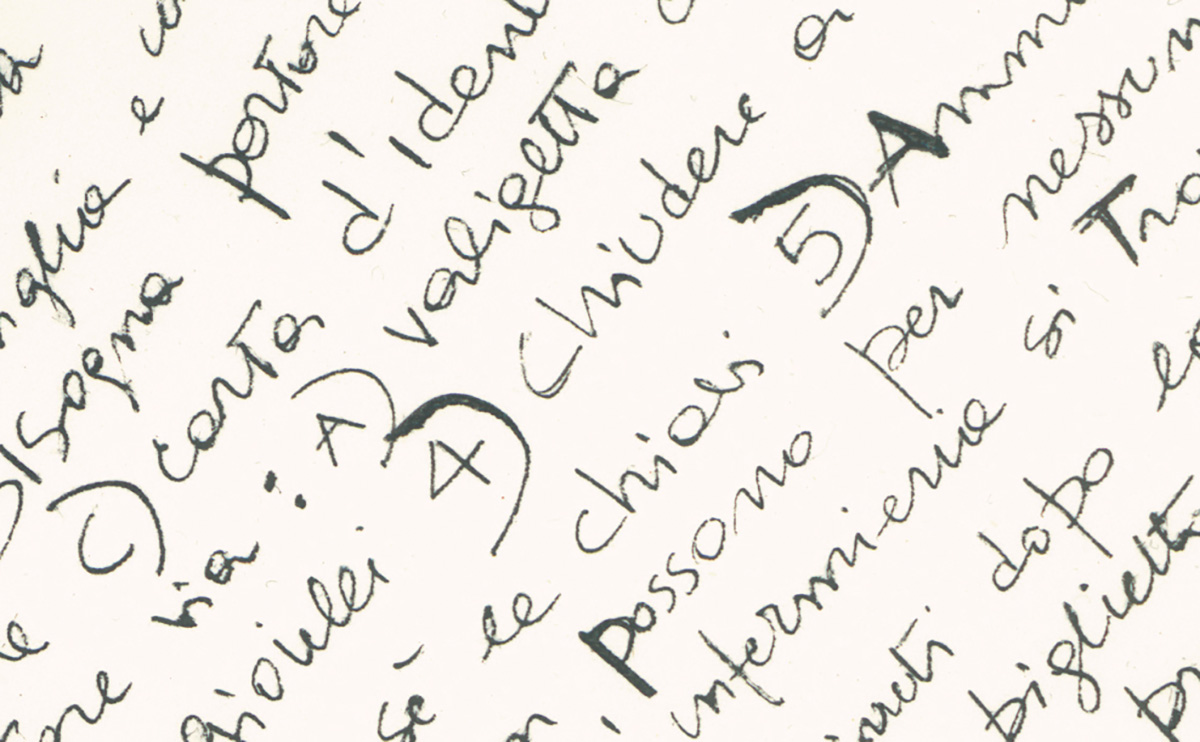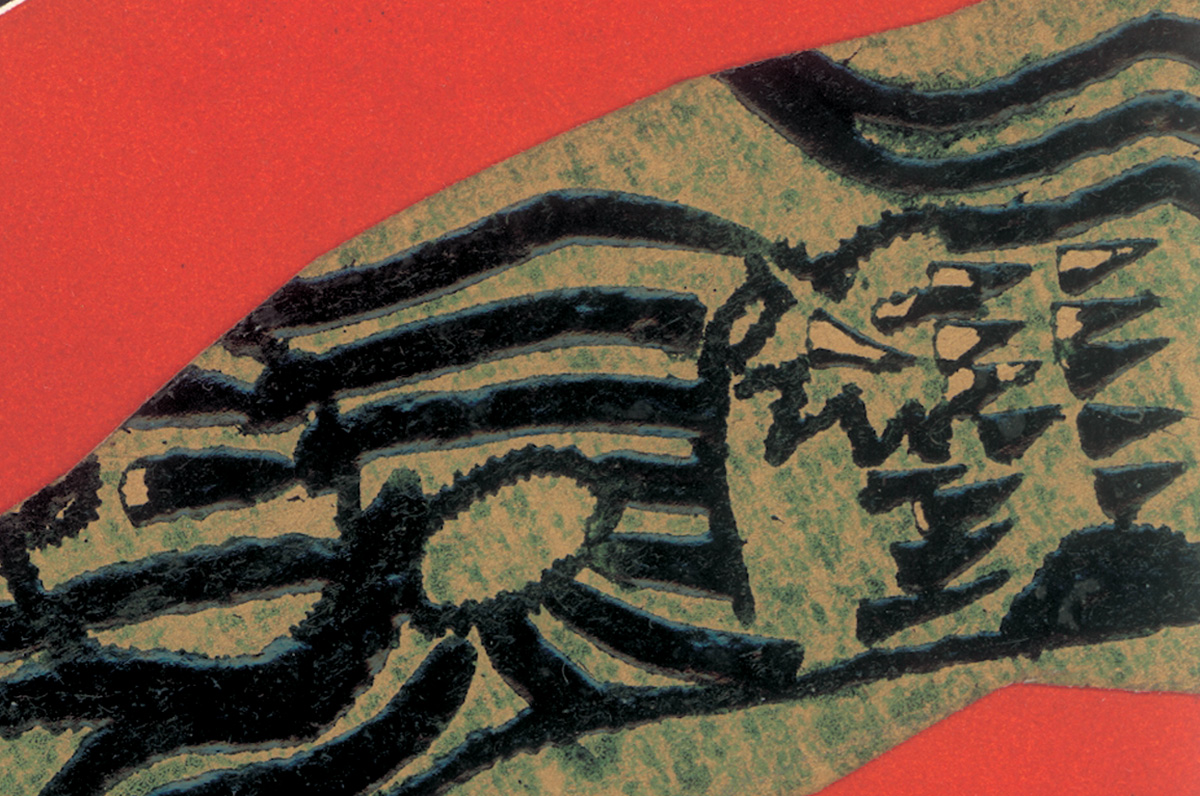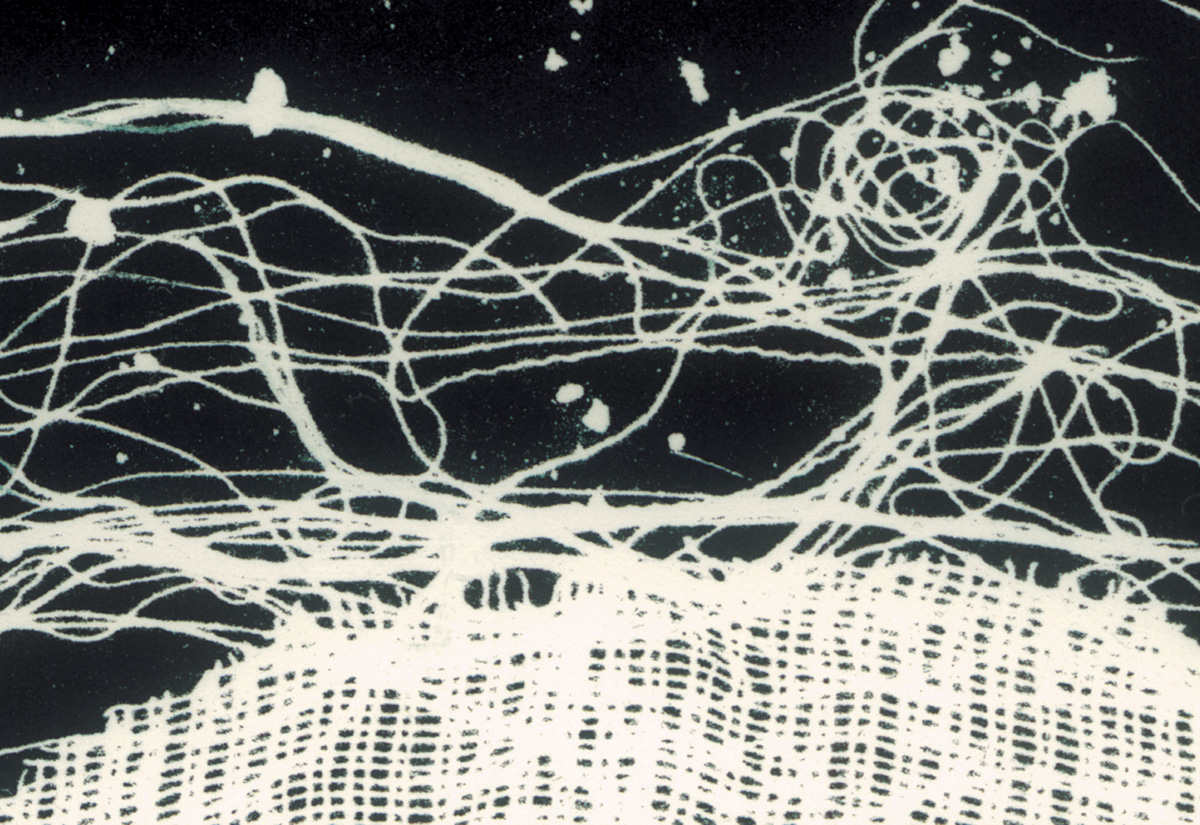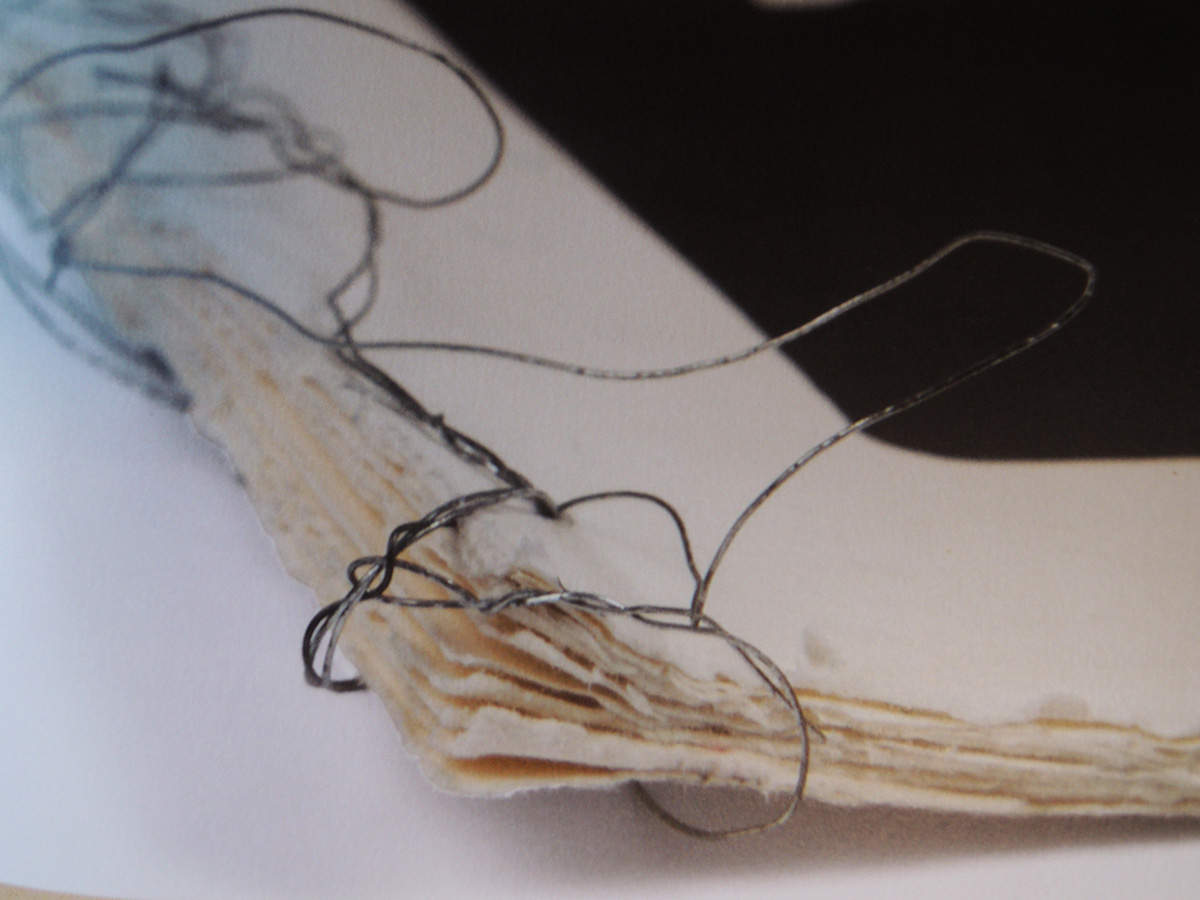


Artist book “How many irreplaceable lives”

Scopri di più su questa tecnica Find out more about this technique
When I was asked to participate in the exhibition “Shoah” (the exhibition is organized every year by the House of Memory of Rome on the occasion of the Memorial Week) I wondered if I was able to tell such an aberration so as not to tell the despair, but to enter into the perspective of possibility, perhaps even hope.
I was also afraid of my own superficial point of view – I belong to the lucky generation, the protected generation. I have decided to point the finger at the impeccable bureaucratic mechanism that has made such madness feasible, a dutiful duty to which it is enough to obey; the oily mechanism that becomes a list, bureaucracy, pen crime that is not impossible to accomplish…
I therefore imagined a series; a standardized destiny; the moment of an action that happens and still happens, as on a conveyor belt: the repeated image of the chimney of a crematory furnace, and the smoke that comes out.
I let go of the hand brake to a smoke that is free, colorful and alive; because it is not true that of a life you can destroy everything. The actions done, the quality we gave remains, stainless, and continues to operate. From this point of view we all have a responsibility that does not stop with death. So different colors, different stories for each different name of each different person that in the concentration camps has been smoked. And gratitude for this smoke that reaches us even today, that resists, and that still tells us and spurs us.
I started with a search; I read the chronicles of the people who were arrested and deported on the night of October 16, 1943. The stories reconstructed by relatives, witnesses, the testimonies of the very few survivors.
I read the list with the dry and formal instructions that were given to the families; instructions that people followed to the letter, obeying because this is the practice. I read about how the deportation machine was efficient and organized: the distribution of instructions, the appointment at the collection centre, the trains that once filled left from the Tiburtina station, the arrival in the camps.
I read about how the life of everyone had expressed itself in the different items on this list: there are those who escape the raid but do not want to leave their husband, their children; and voluntarily join them. Who dies of a heart attack from fear at the delivery of the list; who survives because he is somewhere else looking for cigarettes and blames himself for the rest of his life. Service women who do not leave the mistress, children who hunt mothers and leave alone.
Every life a chimney, and for every chimney a colorful story
The book was acquired by the National Library of Luxembourg, section Artist’s Books. It is included in the catalogue Multiple – Livres d’artiste de la collection de la Bibliothèque nationale du Luxembourg. Critical text by Michèle Wallenborn.
“Roman artist Valeria Gasparrini (born 1964) is a teacher, illustrator and artist. The book “Quante insostituibili vite “(How many irreplaceable lives) was designed for an exhibition on the Shoah in Rome. By bringing together works by contemporary artists on the persecution of Jews between 1939 and 1945, the presentation aimed to keep alive the memory of the victims, places and events of that tragic time.
For her book, Valeria Gasparrini researched the destinies of people who disappeared from Rome forever in October 1943, in the wake of anti-Jewish measures. On the first page, in a kind of phylactery or cloud of smoke that encroaches on a black rectangle occupying almost the entire page, it evokes the ignoble instructions according to which the deportation of the Roman Jews was implemented. Reading alone is enough to realize the perfidy of the measurements.
The book, which consists of monotypes and aquatints on laid paper, follows a clear structure: on the left pages, the artist wrote by hand the biographical data of the deportees. This information appears under a black sky that runs the width of the book, here and there pierced by rays of light, planets or stars. All the pages on the right are designed in the same way as the cover: the large black rectangle is covered with an increasingly dense white grid. Only the silhouette of a large black chimney from which rises a black smoke stands out from the image.The white phylactery of the cover page reappears inside, coloured and enriched with collages and notes”.
On the page dedicated to a mother of nine children, the artist noted in a rust-colored bubble: «Clelia Frascati con i sui 9 figli.» Children are represented by small beige triangles of various sizes reminiscent of wind-filled leaves. On the left page are the dates of birth and death of Clelia Frascati, the place of her arrest and detention and the number of her convoy to Auschwitz. Added to this is a macabre detail: her husband, who had gone to buy cigarettes, found an empty house when she returned. Immediately after arriving at the extermination camp, Clelia and her children were killed in the gas chamber. Other victims of the Shoah are similarly mentioned in the book.
The pages are kept together by a thread that evokes the key points of the Auschwitz extermination camp. The aluminium lid gives the work a feeling of coldness. Finally, the loop cover symbolizes the impossibility of escaping the diabolical mechanism set up by the Nazis”.
“The raid was followed by the delivery of instructions:
1) Together with your family and the Jews belonging to the house you will be transferred.
2) You must take with you
A – food for at least eight days.
B – ration cards
C – identity card
D – glasses
3) You can take away:
A – briefcase with personal belongings, blanket
B – money and jewelry
4) Lock the apartment and take the keys with you
5) Sick people, even very serious cases, cannot for any reason remain behind. The infirmary is in the camp.
6) Twenty minutes after the presentation of this ticket the family must be ready for departure.
Rome 16 – 10 – 1943 ”
2017 Collettiva “Shoah”,Casa della Memoria e della Storia, Roma.
2018 collettiva exibition, forum “ PRINTMaking” Donnerstag
2020 fa parte dell’esposizione permanente di libri d’artista della Biblioteca nazionale del Lussemburgo
2017 Collettiva “Shoah”,Casa della Memoria e della Storia, Roma.
2018 collettiva exibition, forum “ PRINTMaking” Donnerstag
2020 fa parte dell’esposizione permanente di libri d’artista della Biblioteca nazionale del Lussemburgo


